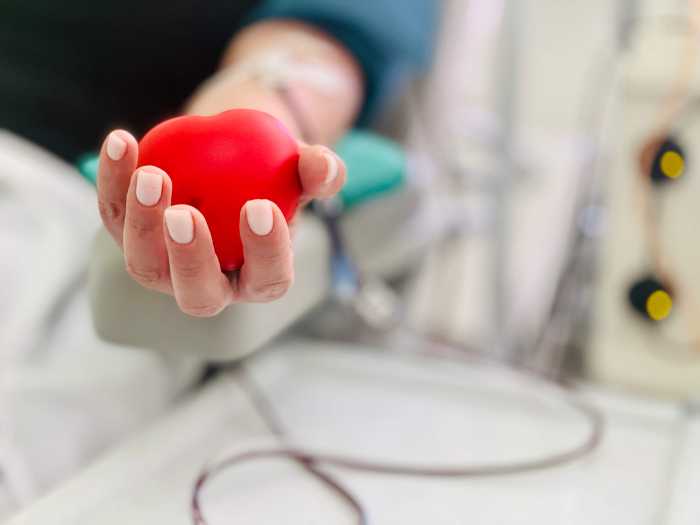Dear Dr. Eva,
I recently discovered “female condoms” and was wondering if they are as effective as “male” condoms at reducing the risk of STDs? Can they be used for anal sex? If so – is there a risk of them getting lost? (Yikes!) If you have a particularly aggressive partner, I’d be worried about losing the condom…Aren’t they – in effect – magnum size condoms with wider ends? And why are they so expensive? Is this just another option or am I missing the picture?
Equal Opportunity
Dear Equal,
After a slow start when they were first introduced, female condoms, sold under several brand names (Reality FC2 is the market leader) are becoming more widely used by both straight and gay couples to prevent STD’s from vaginal and anal intercourse, as well as by straight couples to prevent pregnancy. They can be purchased in condom sale areas of pharmacies and large groceries, or on line (search “buy female condom.”)
The female condom is a thin, flexible plastic tube 7 inches long, with a small removable ring at the base and a 3-inch non-removable ring at the opening, which sits outside the vagina or anus. This outer ring, which is too large to accidentally push inside, is the reason the female condom cannot “get lost.” Female condoms are made of nitrile, a synthetic material that resembles latex. Checked on-line, the price of female condoms is $1.80 to $2.50 each. No prescription is needed.
Although some studies have shown it may be safe to wash and re-use them, female condoms are not approved to be re-used. With average use, they are 80 percent effective in preventing pregnancy (not quite as good as male condoms.)
Most male condoms are made of latex rubber. (Some are made of lambskin and some are polyurethane.) The nitrile material of the female condom is both thinner and stronger than latex, so it is less likely to rip or tear. Nitrile is safe for people with latex allergies.
Because the female condom sits loosely in the vagina or rectum rather than fitting snugly like a male condom, the penis should be inserted using the hand (of either partner) to make sure the penis sits inside the condom rather than alongside it. Male and female condoms should not be used together: friction between the two can cause one or both to tear.
Female condoms are effective in preventing sexually transmitted infections such as HIV, hepatitis B, gonorrhea, and Chlamydia. Because they cover the receiving partner’s external genitals (the labia or the skin around the anus) female condoms are a little more effective than male condoms in preventing infections that are transmitted via skin contact rather than through semen. Examples of skin-contact transmitted STD’s include syphilis, herpes and HPV, the virus that causes warts and cervical cancer.
People can feel awkward using the female condom at first. It usually takes a few tries to get comfortable inserting it. Because it can be put in as much as eight hours before intercourse, there is no need to interrupt sex. Unlike latex male condoms, any type of lubricant, whether water, silicone or oil based, is safe to use with female condoms. Using lubricant placed both on the inside and outside of the condom, is important with female condoms: if not enough is used, the condom may slip in and out during sex and can make crackling sounds, which can be distracting. The current condoms are much less “noisy” than the original ones made of polyurethane were – the switch from polyurethane to nitrile was made in 2006, so if you tried one and didn’t like it before 2006, try a new one and see what you think now.
As you suggested, the condom can slip out with vigorous sex, particularly if the receiving partner is on top. If this happens, the condom should be immediately removed and a new one put in. Unlike the male condom, use of the female condom does not require a fully erect penis, so it’s not necessary for the inserting partner to pull out immediately after ejaculation.
Female condoms are not FDA approved for anal sex, although they are often used and are recommended by clinicians, especially to prevent HIV in couples who don’t use male condoms. There can be more slipping, discomfort, and rectal bleeding when the female condom rather than the male condom is used for anal intercourse.
Ask Dr. Eva is distributed by Healthy Living News. Dr. Eva Hersh is chief medical officer at Chase Brexton Health Services. Email comments and questions to dreva@healthylivingnews.org or write to Eva Hersh MD, Chase Brexton Health Services, 1001 Cathedral St., Baltimore, MD 21201






















